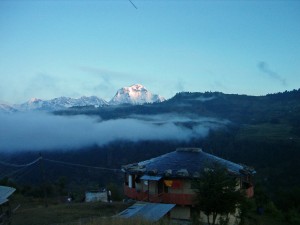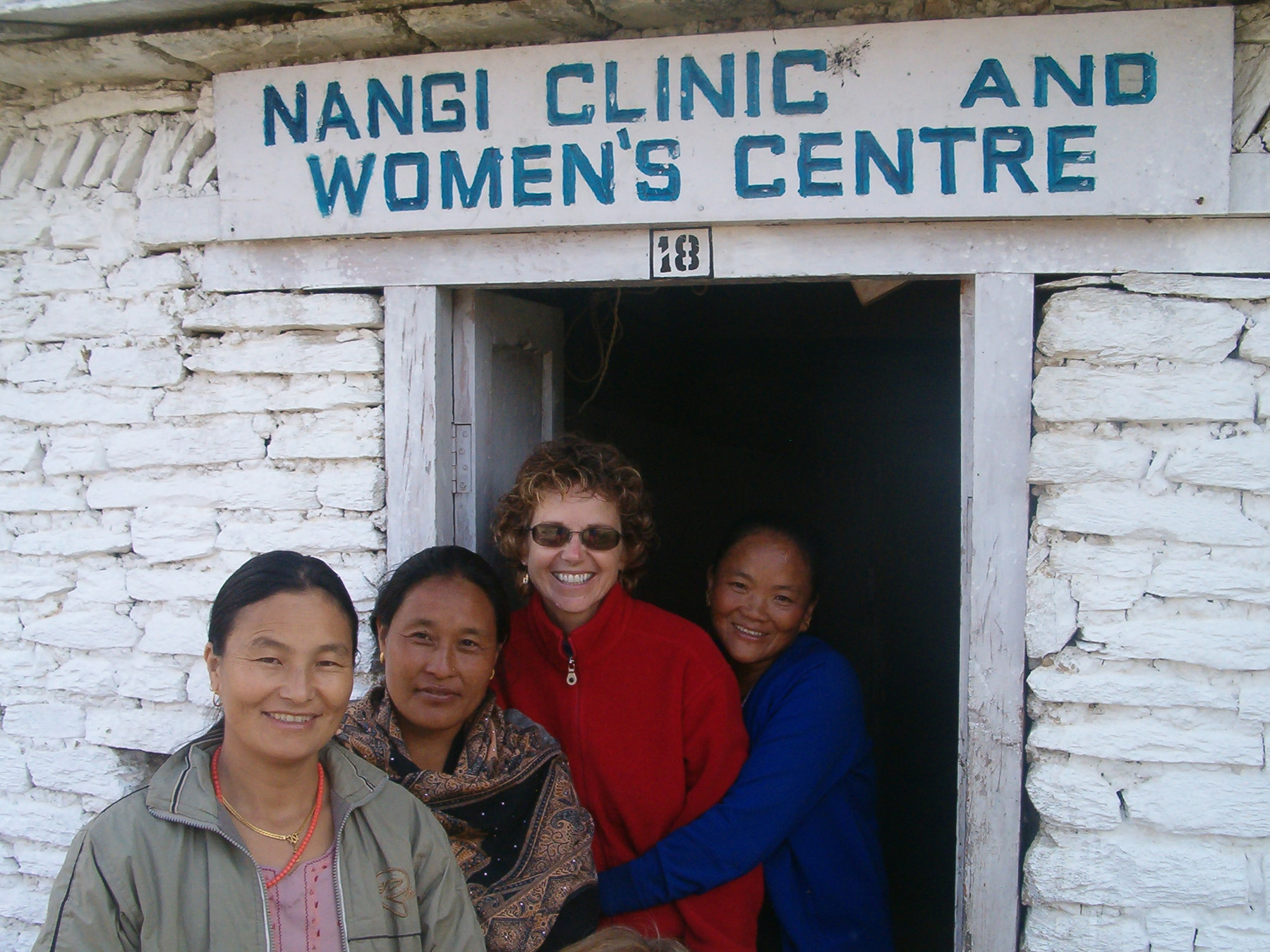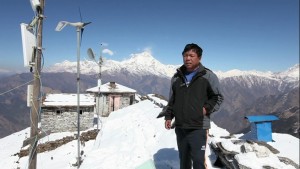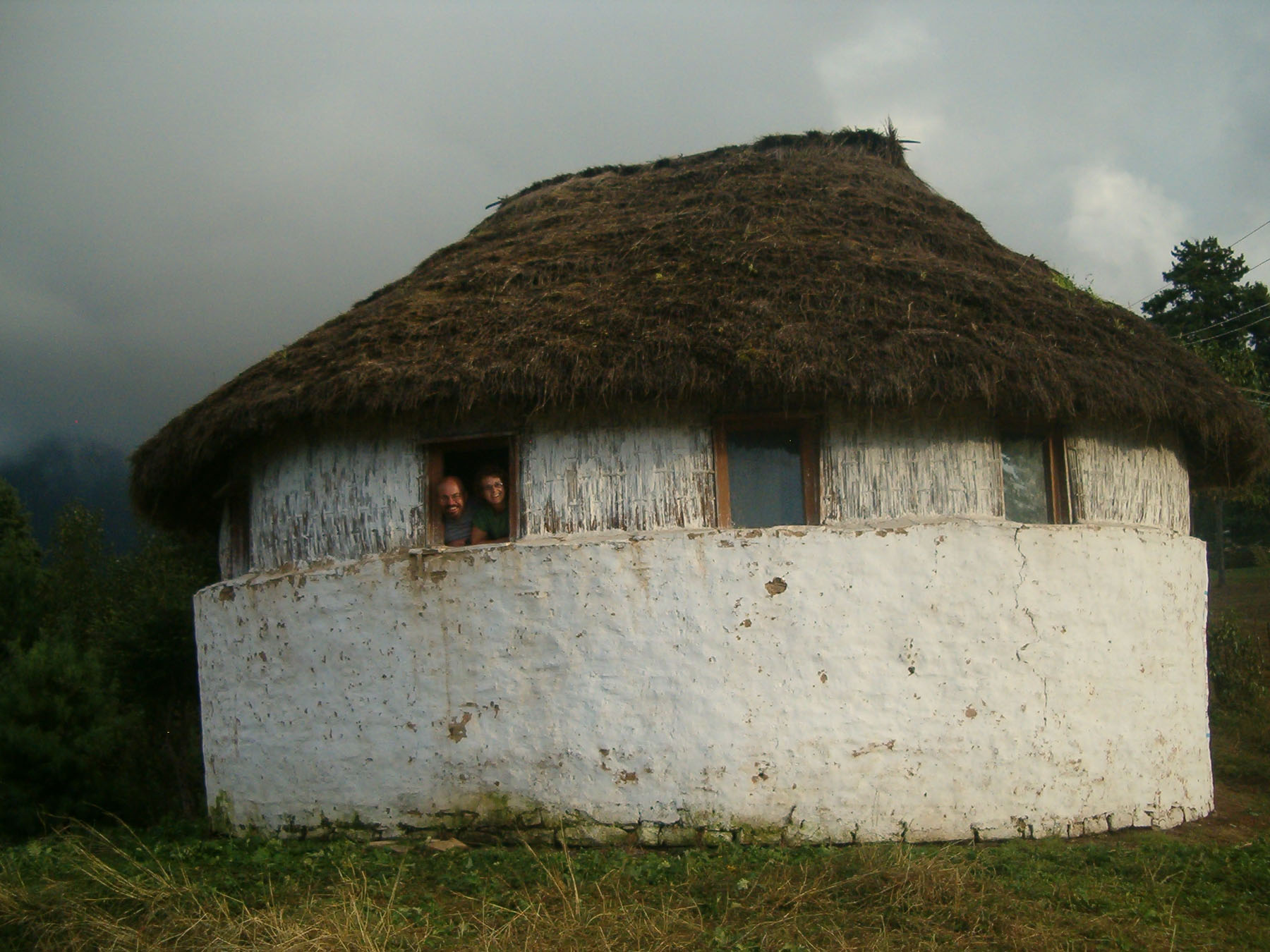I have been mulling over the idea of writing a book about Mahabir Pun for two years. I pitched the idea to him last year and his response was lukewarm…bordering on reluctance. He simply said someone else had already asked him. I approached him again a few months ago and after reading the first post he gave his permission in the form of this statement: “Thank you very much for the post. It is good and you are welcomed to write whatever you want. I have no objection on anybody’s writing.” Whew…that was one worry resolved.
I started by researching about the different types of books and the art of writing. There are two main types, fiction and non-fiction, which are further sub-categorized. For example, types of non-fiction include histories, autobiographies, travelogues, biographies, how to and self-help books. My book is a biography because it describes Mahabir’s life and all the events leading up to the present. But I could argue there will be elements of fiction genre such as romance…when I describe his courting and marriage to Omaya, or a thriller…when I describe the challenges he faced during the Maoist war, or science fiction…because the technical tasks he and his team face daily read like a Jules Verne novel.
I’ve also been researching book design…an orderly manner of putting the book together which takes into account content, style, format and physical design. Putting the cart before the horse I dream of a slick artistic rendition of mountains and Internet wires and eye-catching fonts. As a paper artist…must admit to scrapbooking and card making here…I find this part really fun. Not that the writing isn’t fun…but I am still overcoming the inertia that self-doubt fuels.
I have created the chapter outlines but find myself constantly switching the order or deleting and adding new chapters…and wondering…is this normal and a necessary process or neurotic? The next post will describe the chapters and what you can expect to read once the book is published…how’s that for wishful planning. In the future I’ll create additional pages on this website where excerpts from the book will be posted.
Speaking of the website…its official… the website has its’ own domain and you can read updates by going to: www.wirelessprophet.com Click on the RSS Feed or email option to get automatic notifications when I post. I plan to post only once a week on Mondays…but the next month will be spotty because of travel.
I leave for Nepal tonight. I’ll be there for three weeks interviewing Mahabir, researching material for the book…and bringing donated supplies for the paper bead project, teaching and working at the Nangi clinic with Lila and Rupa, visiting the new lodges and solar projects, teaching at Kathmandu Model Hospital and the College of Medical Science in Bharatpur. Then I head to England to interview one of the early wireless supporters, Dr. Robin Shields and Deobahadur, Mahabir’s uncle. As you journey with me on this project I just want to say…thank you for all the well wishes…along with a request to post your comments, criticisms and ideas…feedback makes an excellent compass.




